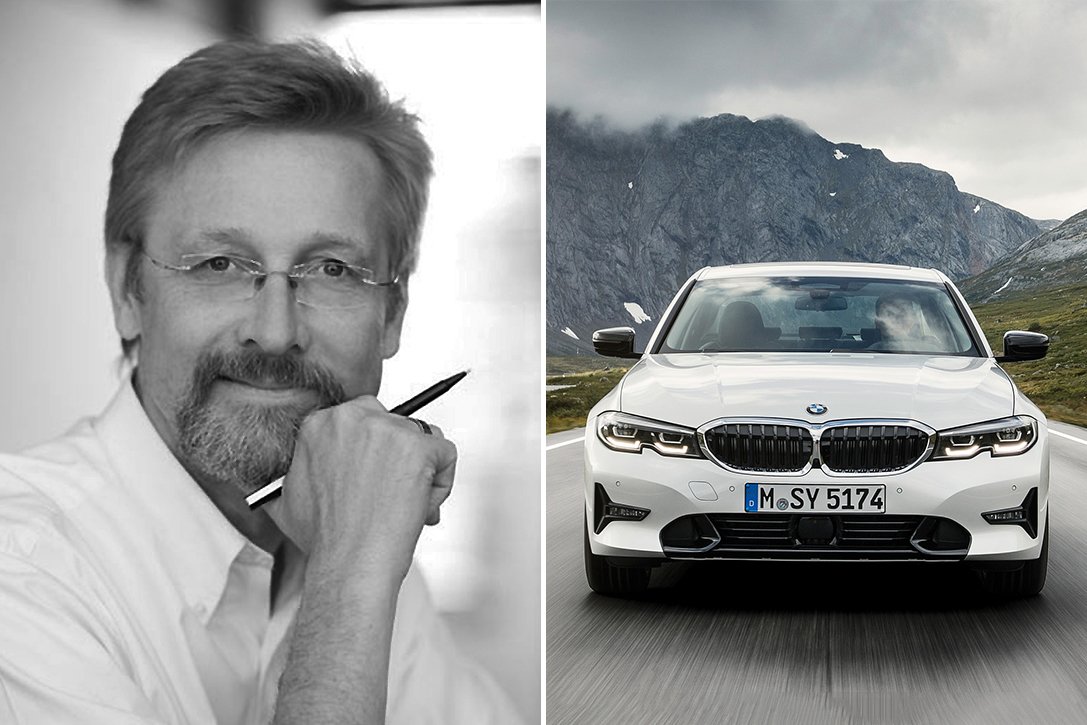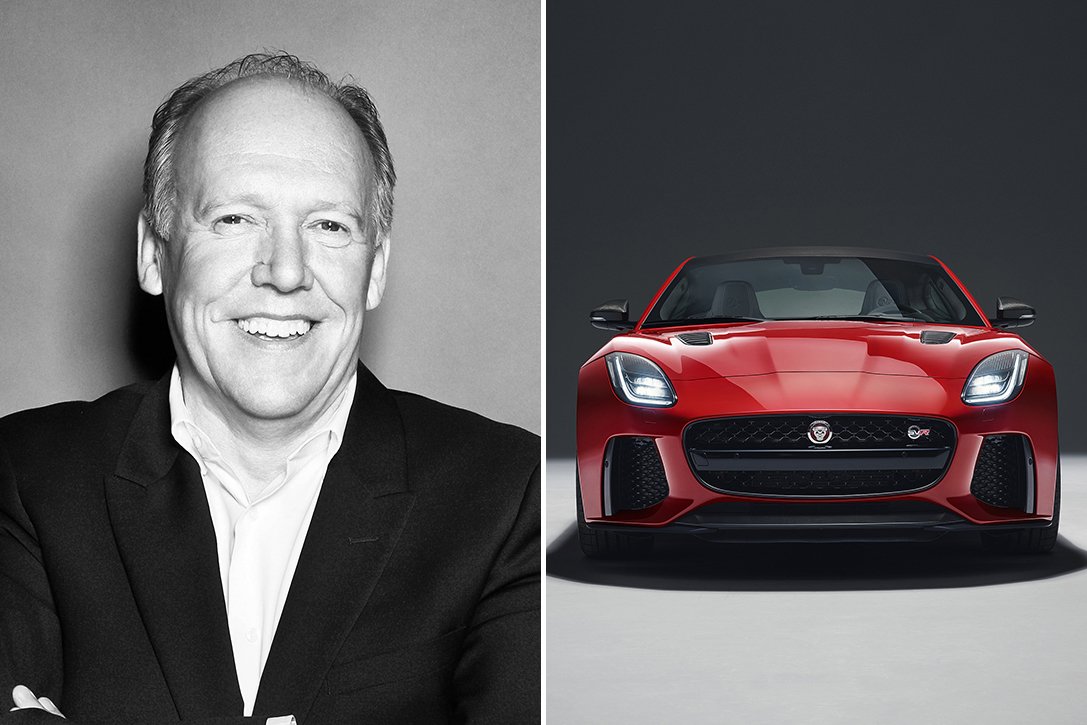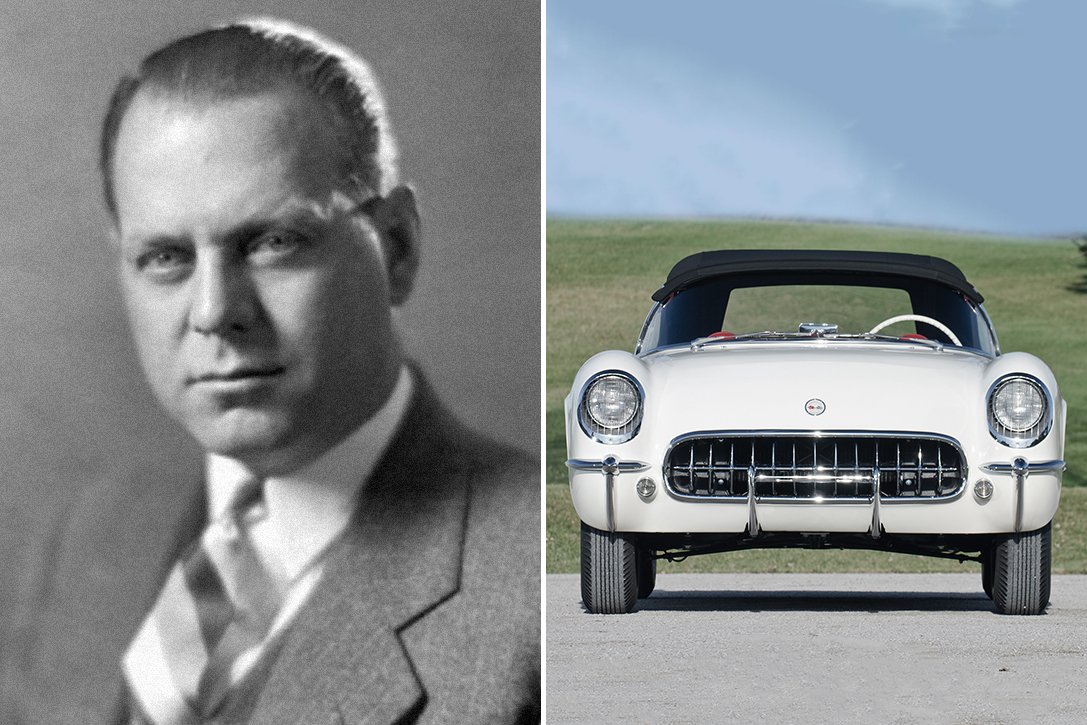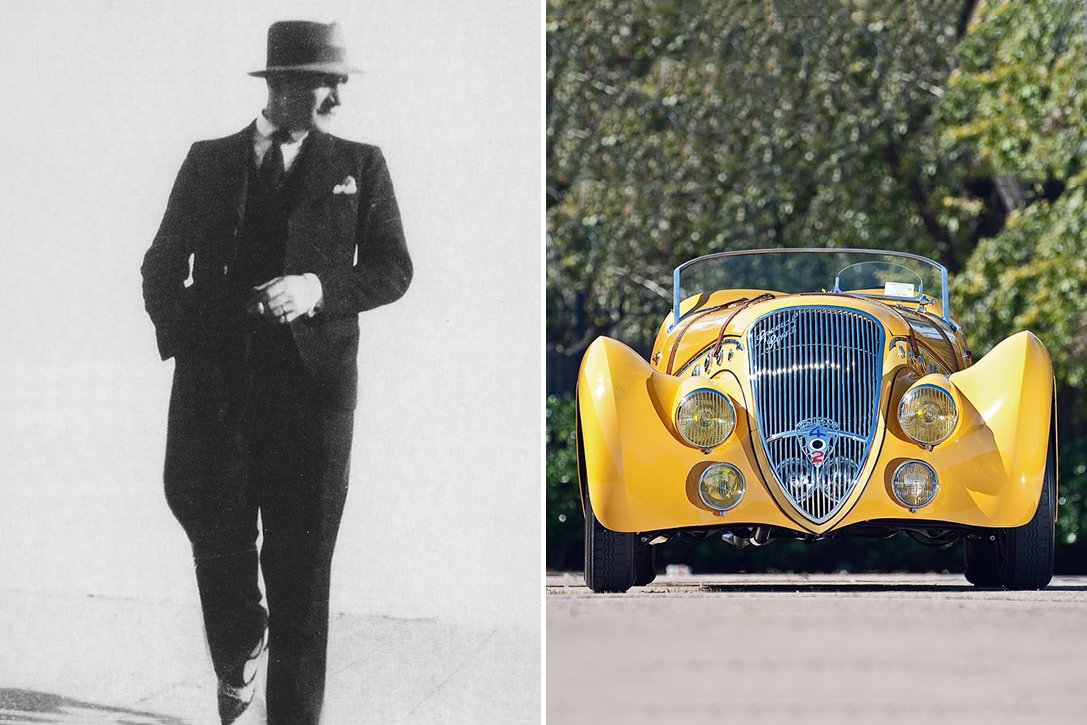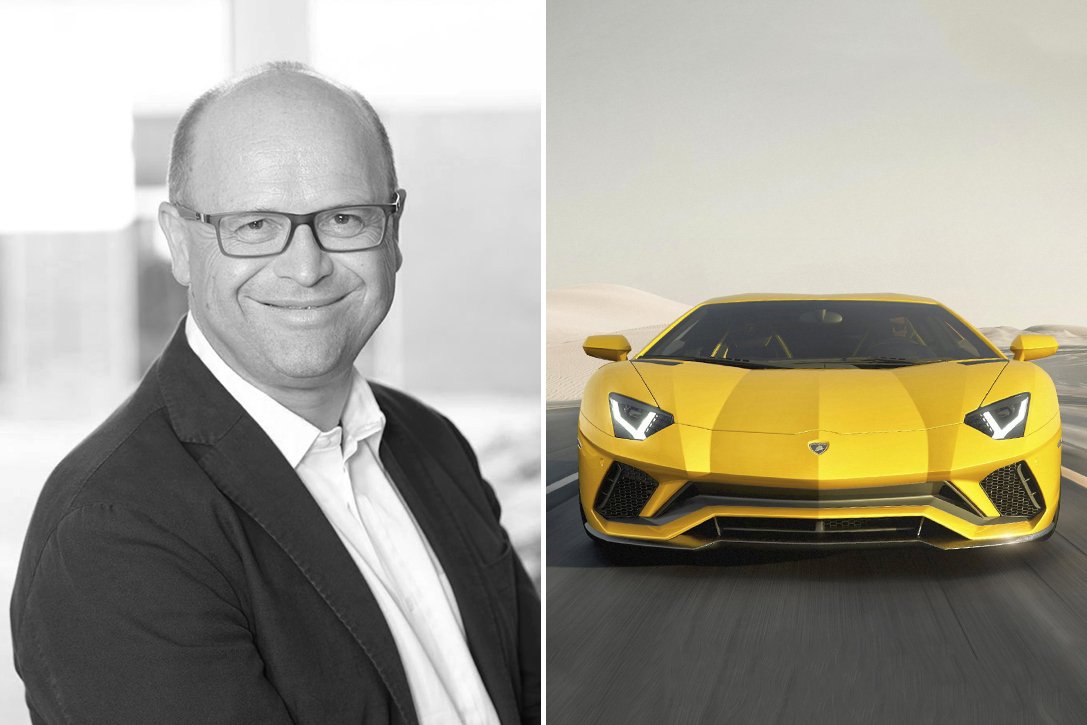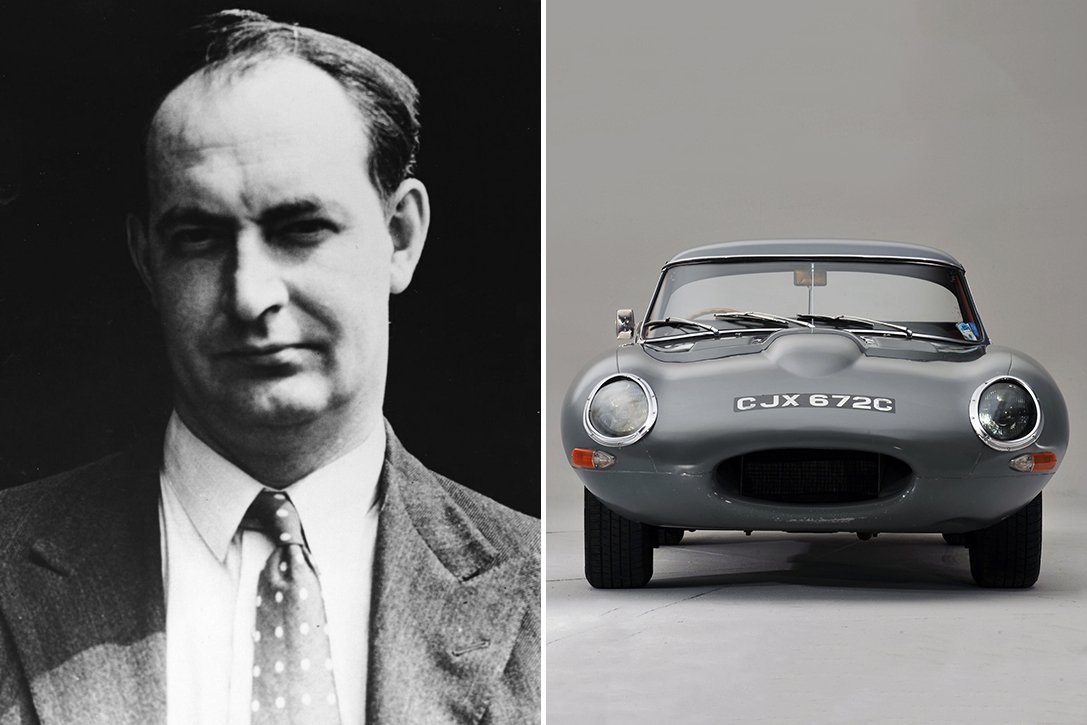The 12 Best Automotive Designers Of All Time
The automotive design world is a busy, confusing place full of unrequited partnerships, innovative design breakthroughs, and subtle changes to classic cars — all of which have garnered mixed responses from the consumer. Ever since the first four-wheeled vehicle was conceived, the industry has been a recipient of strict scrutiny, whether it be in the form of constructive criticism, litigious confrontation, or a more refined approach. But amidst all of the creative machismo for which the automotive world has become infamous, there have been individuals who have etched their names into the annals of history — thanks, in large part, to the legendary lineage that bears their name.
It’s true that the backbone of the automotive world lies within the design, articulation, and implementation of differing principles. Whether you’re criticizing a vehicle for its beautiful front fascia, magnificent body lines, or intriguing leather interior, what you’re really doing is commenting on someone’s ideal — a design, orientation, and idea that was conceptualized by a team of individuals who joined together to achieve one, common goal. At the head of these teams, a single creative stands guard. Throughout the century-long life of the industry, there have always been leaders — one-of-a-kind individuals who have gifted some of the world’s most innovative and beautiful platforms and helped to guide manufacturers to heights that they never thought they’d reach. Below, we’ll outline the most influential designers that the automotive world has ever known — so sit back, strap in, and clean your glasses — we’re diving deep into the creative process.
THE DESIGNERS
CHRIS BANGLE
Chris Bangle is an instrumental designer who has helped to shape the future of the automotive industry, as a whole. After graduating from the Art Center College of Design in Pasadena, California with a bachelor’s (and later, master’s) degree in industrial design, he traveled to Germany, where he would work on Opel’s various models from 1981 to 1985. In 1990, he was named the chief designer for Fiat’s iconic coupe, which was released in 1993. But his most notable work came in the form of BMW’s 1, 3, 5, 6, and 7 series, alongside the widely praised Z4, which remains one of the most revered vehicles in the modern day.
Designed For: BMW, FIAT, Opel
IAN CALLUM
Ian Callum owes much of his artistic career to his Scottish roots, where he attended Morrison’s Academy and found a passion for creating coaches between studies. At the age of 14, he approached Jaguar with a fully realized design, hoping to secure a job with the famed European manufacturer. Although he didn’t make the cut, he would spend the next 10 years striving to reach his goal, and after graduating from the Glasgow School of Art with a degree in industrial design (and later, the Royal College of Art in London, with a post-graduate master’s degree in vehicle design), he would land his first job with Ford in 1979. Here, he would help to pen some of the manufacturer’s earliest breakaway models, such as the RS200 and Escort RS Cosworth. In 1990, he would depart from Ford for a short endeavor with TWR design, a small firm that was nothing like the large, elaborate studio he knew so well. Here, he would design the Aston Martin DB7 and Vanquish, two of his most iconic works, before moving on to Jaguar in 1999.
Designed For: Aston Martin, Ford, Jaguar, TWR
HARLEY EARL
Harley Earl spent much of his life as a successful business executive, but before he was named as the vice president of North America’s General Motors, he served as the manufacturer’s head of design. With roots in industrial and transportation design, Earl brought a number of craftsman techniques to the industry, such as freeform sketching, clay sculpting of conceptual models, and pioneering the use of “test” vehicles for marketing and design. He began his career with GM after leaving a program at Stanford University to work alongside his father at Earl Automotive Works — learning the trade and becoming well versed in the business side of the automotive world. Eventually, Earl Automotive Works was purchased by Cadillac dealer Don Lee, and during a visit from the manufacturer’s general manager, Lawrence P. Fisher, Earl was asked to come work as a designer in the head office. There, he would create the 1927 LaSalle, a vehicle that was such a hit among buyers, Earl would be recommended as the first director of General Motors’ Art and Color Section. Over his tenure, he would pen numerous designs for the company and its associates, including the Buick Y-Job, Le Sabre, and the Corvette, which is still a hit today.
Designed For: Buick, Cadillac, Chevy, General Motors
BATTISTA FARINA
Battista Farina is, without a doubt, one of Italy’s prized designers. After giving birth to the legendary Carrozzeria Pininfarina coachbuilding company in 1930, he and his colleagues went on to create new, postwar platforms that would catapult them into prominence. In 1952, he would be contracted by Ferrari to pen some of their most iconic designs, including the 212, the Dino Berlinetta Speciale, and, perhaps his greatest work, the Testarossa. After completing his last design for Alfa Romeo (the Duetto, which appeared at the Geneva Motor Show in 1966), he passed away less than a month later. Despite his departure, Pininfarina remains one of the most prestigious coachbuilding firms around — likely due to Farina’s exceptional principles.
Designed For: Alfa Romeo, Ferrari, Lancia, Pininfarina
HENRIK FISKER
Henrik Fisker has built an unprecedented resume as one of the most affluent automotive designers to ever grace the industry — penning platforms for companies like Aston Martin, BMW, VLF, and his own renowned manufacturer, Fisker Automotive. The Danish-born designer is highly-regarded for creating the world’s first premium plug-in electric hybrid, the Fisker Karma, as well as prominent platforms such as the BMW Z8, Aston Martin V8 Vantage, VLF Destino V8, and the Aston Martin DB9. From 1989 until 2001, Fisker worked almost exclusively with BMW, creating some of their most iconic coaches to date, and after a brief stint with both Ford and Aston Martin in the early 2000s, he created his own coachbuilding company, Fisker Coachbuild. For three years, the company would reimage designs from the likes of BMW, Mercedes-Benz, and Tesla. Today, Fisker is in charge of the newly materialized Fisker Inc.
Designed For: Aston Martin, BMW, Ford, Fisker Automotive, VLF
MARCELLO GANDINI
Marcello Gandini is another of Italy’s revered designers, known primarily for his work with the iconic automotive design firm, Gruppo Bertone. He was credited with the creation of two of Lamborghini’s most sought-after vehicles, the early Miura, and the legendary Countach supercars — both of which would catapult him into the limelight as one of the premier designers of his era. Throughout his career, he would pen designs for a menagerie of notable companies, from Alfa Romeo and Ferrari, all the way to Maserati and Renault. He was even responsible for conventional, modernized platforms that became prevalent for their own accessible styles, such as the BMW 5 Series and Citroën BX.
Designed For: Alfa Romeo, Ferrari, FIAT, Lamborghini, Maserati
GIORGETTO GIUGIARO
To many, Giorgetto Giugiaro represents the best that the Italian automotive design world has to offer, penning everything from classic and contemporary supercars, all the way to renowned, everyday vehicles. He’s earned numerous accolades throughout his career, and following his recognition as the Designer of the Century in 1999, he was inducted into the Automotive Hall of Fame in 2002. An extensive list of notable designs adorn his lifelong portfolio, from gargantuan manufacturers like Alfa Romeo, Aston Martin, BMW, Fiat, Bugatti, and Ferrari, all the way to national trademarks like Maserati, Lancia, and Lamborghini. His early career was spent under the roof of Bertone, an Italian design firm known for its work with Fiat and Lancia. Later, Giugiaro would join the likes of Ghia and Italdesign, two magnificent design companies that would allow him to create a legacy for himself through various projects and concepts.
Designed For: Alfa Romeo, BMW, Bugatti, Ferrari, FIAT
SHIRO NAKAMURA
Shiro Nakamura is, without a doubt, one of the most notable individuals in the Japanese automotive industry, mostly due to his position as the Senior Vice President of one of the country’s most influential manufacturers, Nissan. He came from humble beginnings, earning his degree in industrial design through Musashino Art University in Tokyo before heading to Pasadena, California, where he would finish out his education with a bachelor’s in transportation design. In 1999, Nakamura departed from his position at Isuzu at the recommendation of Nissan’s head, Carlos Ghosn, and was put in charge of the manufacturer’s design and revival for the turn of the century. He immediately took charge of his colleagues and motivated them to create vehicles that were both distinctive, as well as innovative, giving rise to revered platforms such as the Fairlady Z, Murano, Cube, and perhaps the most iconic Japanese vehicle to ever be produced by the brand, the GT-R. In 2010, he was accredited with the EyesOn Design Lifetime Achievement Award.
Designed For: General Motors, Isuzu, Nissan
GEORGES PAULIN
Georges Paulin was much more than a revered hero of the French Resistance during the Second World War — he was a praised automobile designer who gave rise to many of the country’s most iconic platforms. In 1934, Paulin began his tenure at Marcel Pourtout, a French coachbuilder that became known for designs like the Delage D8, Talbot-Lago, Panhard coupe, and the Darl’mat Peugeot roadsters used in 1937 and 1938’s Le Mans. Aside from creating some of the greatest automotive designs to come out of the country, he was also a part of the team that created the Eclipse roof, the first retractable hardtop that was power-operated. From 1938 to 1939, Paulin worked under the umbrella of Rolls-Royce-Bentley and was attributed with the creation of the legendary manufacturer’s Corniche 1 and Comet Competition.
Designed For: Marcel Pourtout, Peugeot, Rolls-Royce-Bentley
FILIPPO PERINI
Filippo Perini is an established Italian automotive manufacturer who’s most notable for his work with Volkswagen Group, as well as his role as the Director of Design for the legendary design company, Italdesign. He began his career after graduating with a master’s in architecture and automotive design from the Polytechnic University of Milan in 1994 — although, during the pursuit of his post-graduate degree, he was named the design director of Alfa Romeo. During his tenure with the company, he would pen many of the company’s notable designs, such as the GTV, Spider, and 8C Competizione, before moving on to work for Audi and Lamborghini, creating many of today’s highly-praised supercars.
Designed For: Alfa Romeo, Audi, Italdesign, Lamborghini
MALCOLM SAYER
Malcolm Sayer made his transition from wartime aircraft engineering into the wide world of automotive design, bringing an ideology and vision that wasn’t often seen within the industry, prior to his arrival. After parting with Bristol Aeroplane Company following the Second World War, he began his tenure at Baghdad University in Iraq, pioneering the Faculty of Engineering and working to maintain a fleet of vehicles that belonged to the government. After returning to the U.K. in 1950, Sayer was accepted into Jaguar’s Engineering drawing office under the direction of the manufacturer’s chief engineer, William Heynes, thanks to his extensive knowledge in aerodynamic mathematical principals and intimate understanding of aircraft fuselage construction. He would go on to pen some of Jaguar’s most iconic designs, from the C- and D-Type, all the way to the XJ13 and XJS. The pride and joy of Sayer’s career, however, would come in the form of the legendary E-Type — a vehicle that has been coined as arguably the most attractive automotive platform of all time.
Designed For: Jaguar
WALTER DE SILVA
Walter de Silva was born in Lecco, Italy in 1951, but quickly rose to fame as one of the most popular multinational car designers to have ever graced the industry. During his tenure at renowned vehicle manufacturers such as Fiat, Alfa Romeo, SEAT, and Audi, he penned numerous vehicles that would eventually become the foundation for his greatest accomplishment — becoming the head of the Volkswagen Group from 2007 until 2015. Before his career at Volkswagen, de Silva was credited with the design of many well-received cars, from Alfa Romeo’s 156 and Audi’s R8, all the way to Lamborghini’s Miura concept. His work at Volkswagen was perhaps his most notable, with vehicles such as the CC, Golf, Jetta, Passat, Touareg, and Beetle, birthed under his expert direction.
Designed For: Alfa Romeo, Audi, FIAT, SEAT, Volkswagen
